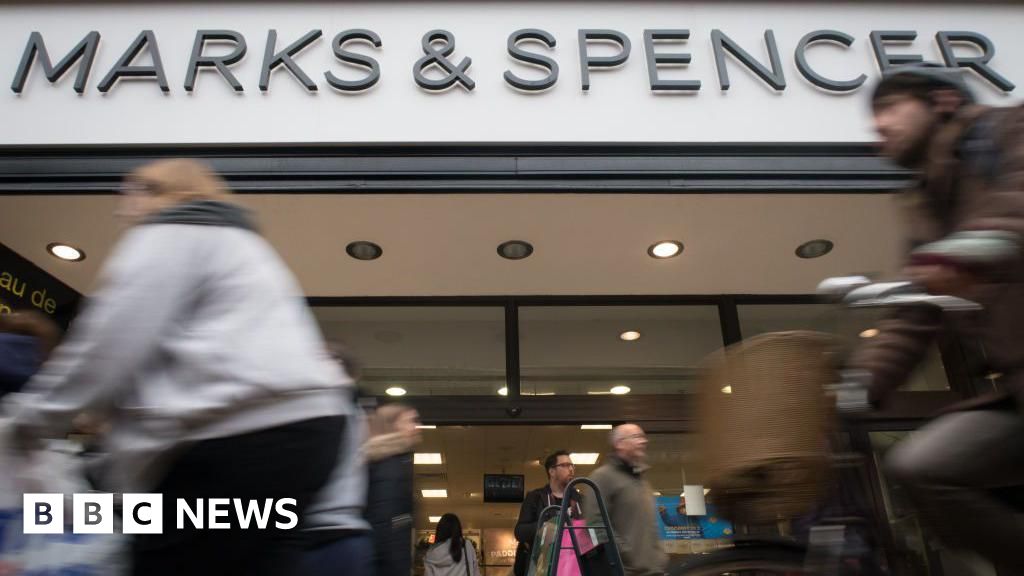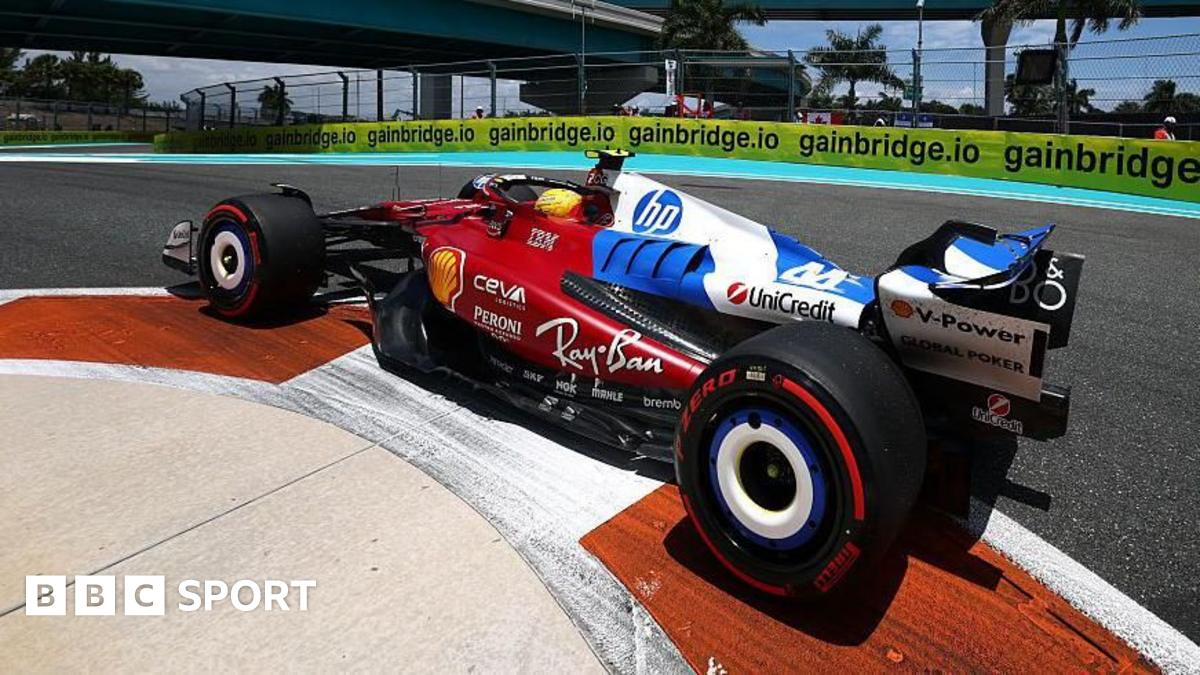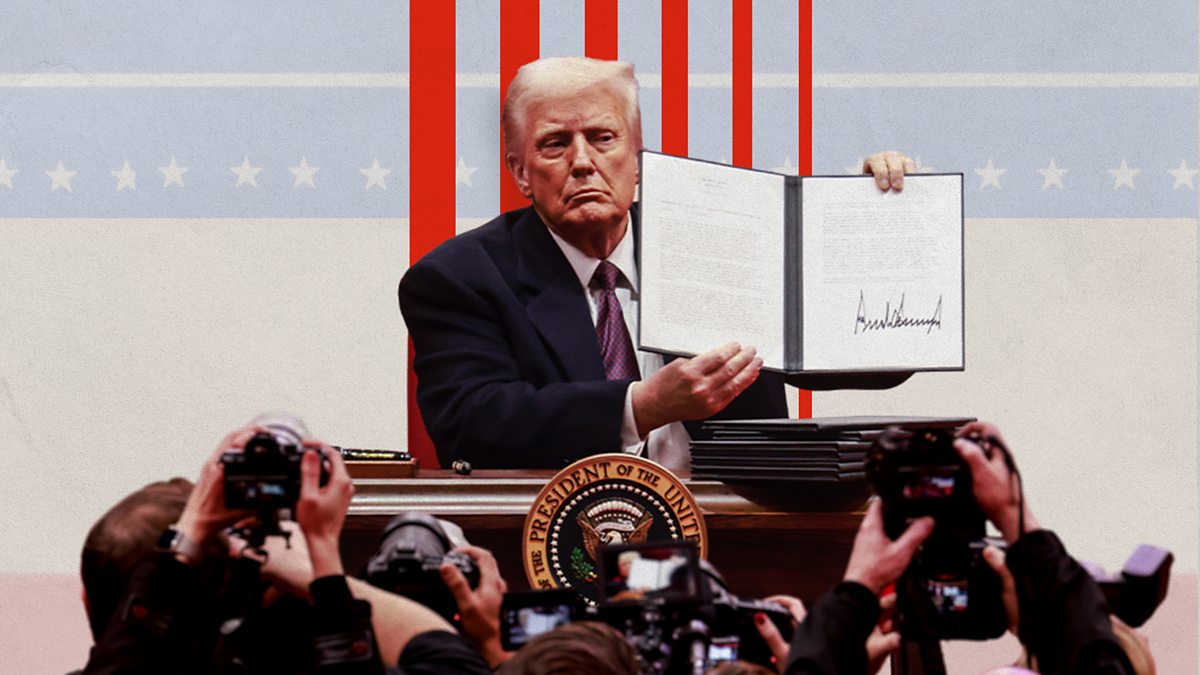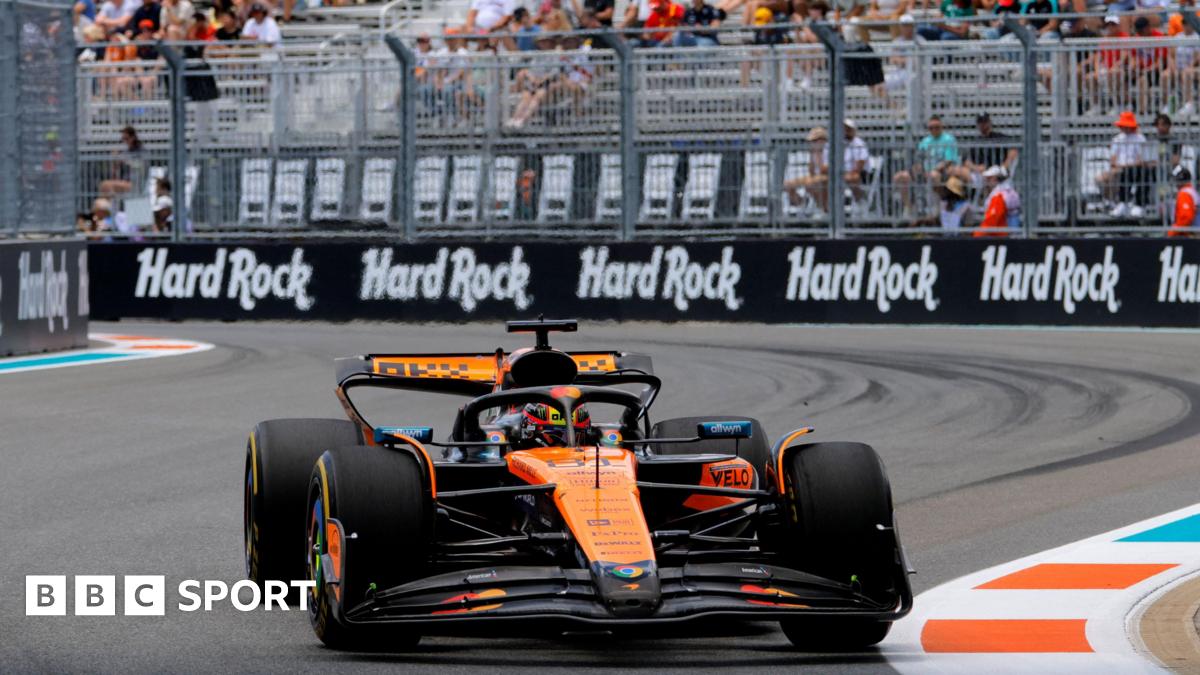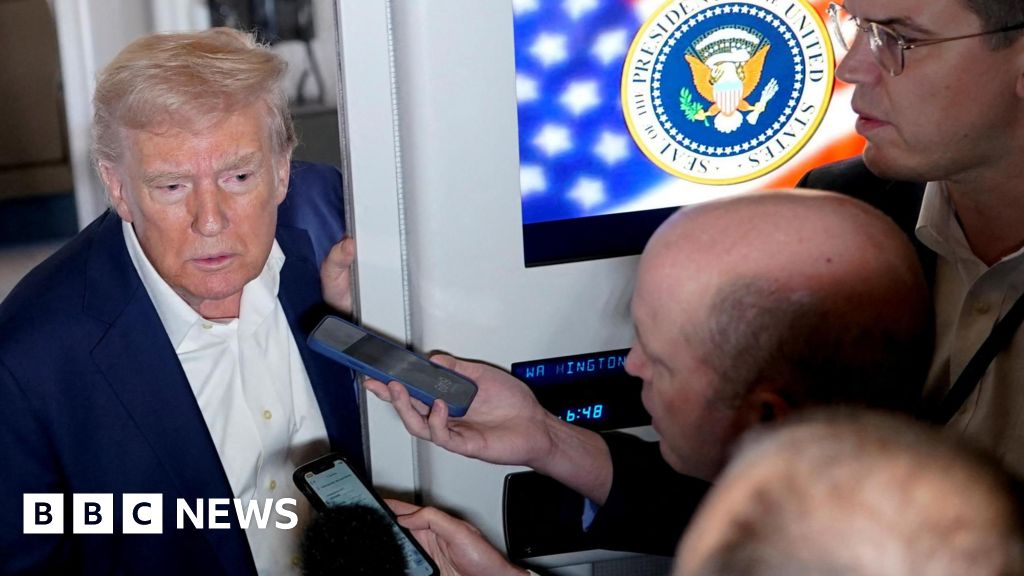NYC’s new subway gates are designed to make riders pay
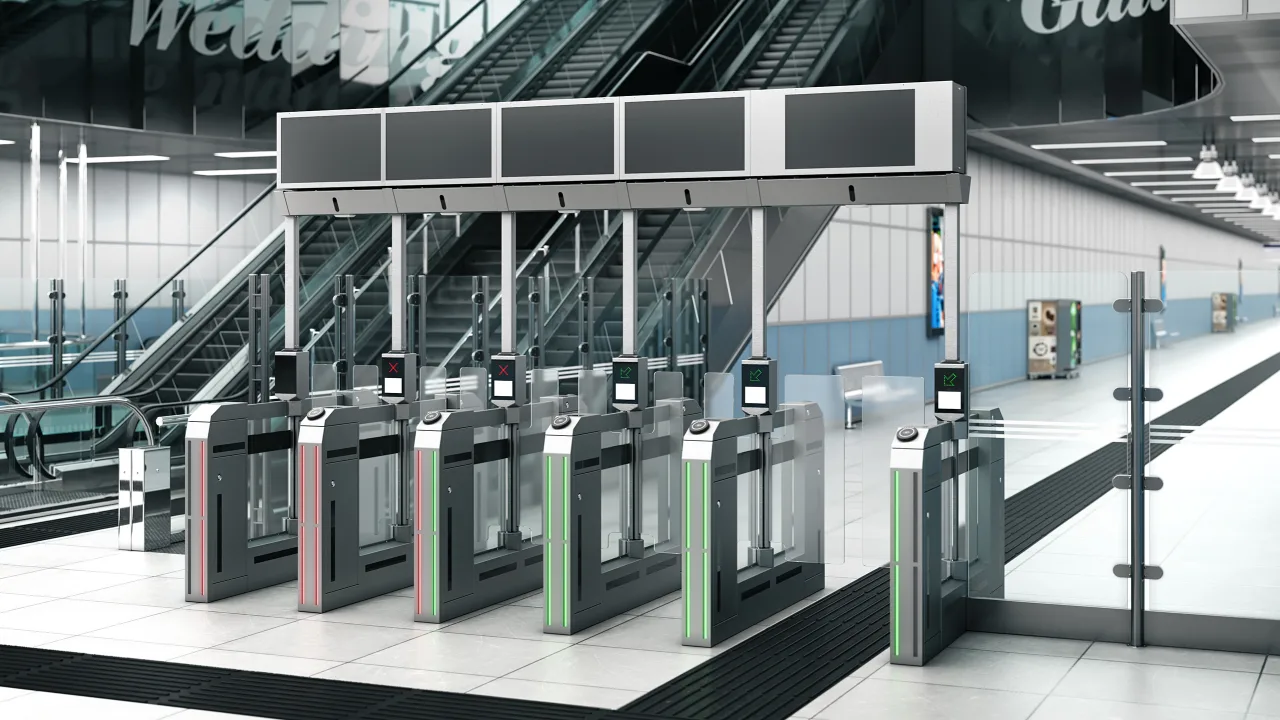
The era of subway gate jumping could soon be over. By this fall, 20 stations across the New York City subway system will begin testing new gate systems that aim to make it all but impossible for someone to get through the gate to the subway platform without paying a fare.
This week, the Metropolitan Transportation Authority (MTA) announced the planned piloting of four gate control systems as part of its effort to crack down on fare evasion in the subway system. The four systems will be installed in five stations each across the MTA’s subway network to test their effectiveness.
In contrast to the conventional turnstile gates seen in many subway stations, the MTA’s subway gates pilots are generally larger and more akin to sliding or swinging doors, making them more difficult to climb over or sneak under. Provided by vendors Conduent, Cubic, Scheidt & Bachmann, and STraffic, some may be familiar from other transit systems around the world, or security areas in airports. These off-the-shelf gate systems are vying for their chunk of the $1.1 billion the MTA has budgeted for improving fare gates at 150 stations over the next five years.

The MTA’s subway gate pilot program is a calculated investment, which the agency sees as a way of increasing revenue and improving service. About 40% of the MTA’s operating budget comes from fares and tolls, and it sees reducing gate jumping as a way of bumping that number even higher.
Previous investments seems to have worked. The agency reports that “multiple anti-fare evasion strategies” have helped total fare revenue rise to $5 billion in 2024, an increase of $322 million from the year before.
“We will continue to use all the tools at our disposal—including increased enforcement efforts and new infrastructure—to prevent fare evasion, hold perpetrators accountable and keep these numbers trending in the right direction,” said New York Governor Kathy Hochul in a statement.
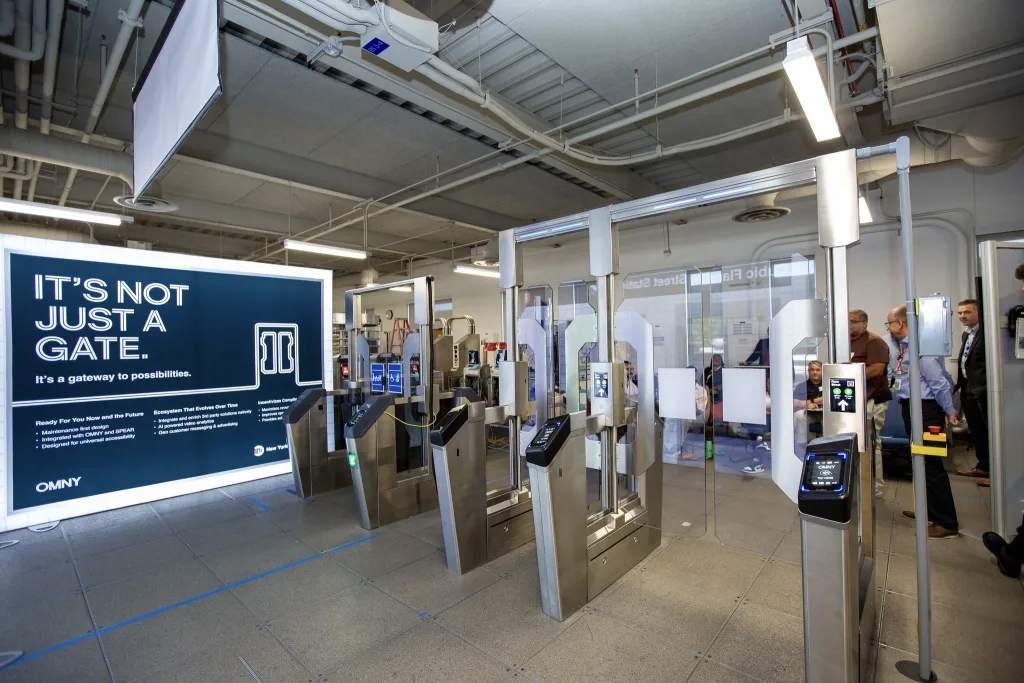
How will the new gates work?
These approaches vary from station to station. About 200 stations have implemented guards to monitor gates, and the MTA reports that fare evasion is down 36% in these stations. Some turnstiles have even been retrofitted with “sleeves” and “fins”—add-on attachments that make them harder to climb on and over. Turnstiles are also being retrofitting to prevent “backcocking,” or pulling them back just enough to create space for some people to squeeze through.
Adapting the existing infrastructure has contributed to the reduction in fare evasion, but the MTA sees an opportunity to do more with its new gate pilot program.
“For the last two years, we’ve been attacking fare and toll evasion from all angles —hardening the system against fare beaters, simplifying fare payment, raising awareness about discounted fares and, yes, doing more enforcement,” says MTA Chair and CEO Janno Lieber. “Now those efforts are yielding positive results that will grow even more with the new modern fare gates that are coming.”
What's Your Reaction?
 Like
0
Like
0
 Dislike
0
Dislike
0
 Love
0
Love
0
 Funny
0
Funny
0
 Angry
0
Angry
0
 Sad
0
Sad
0
 Wow
0
Wow
0











